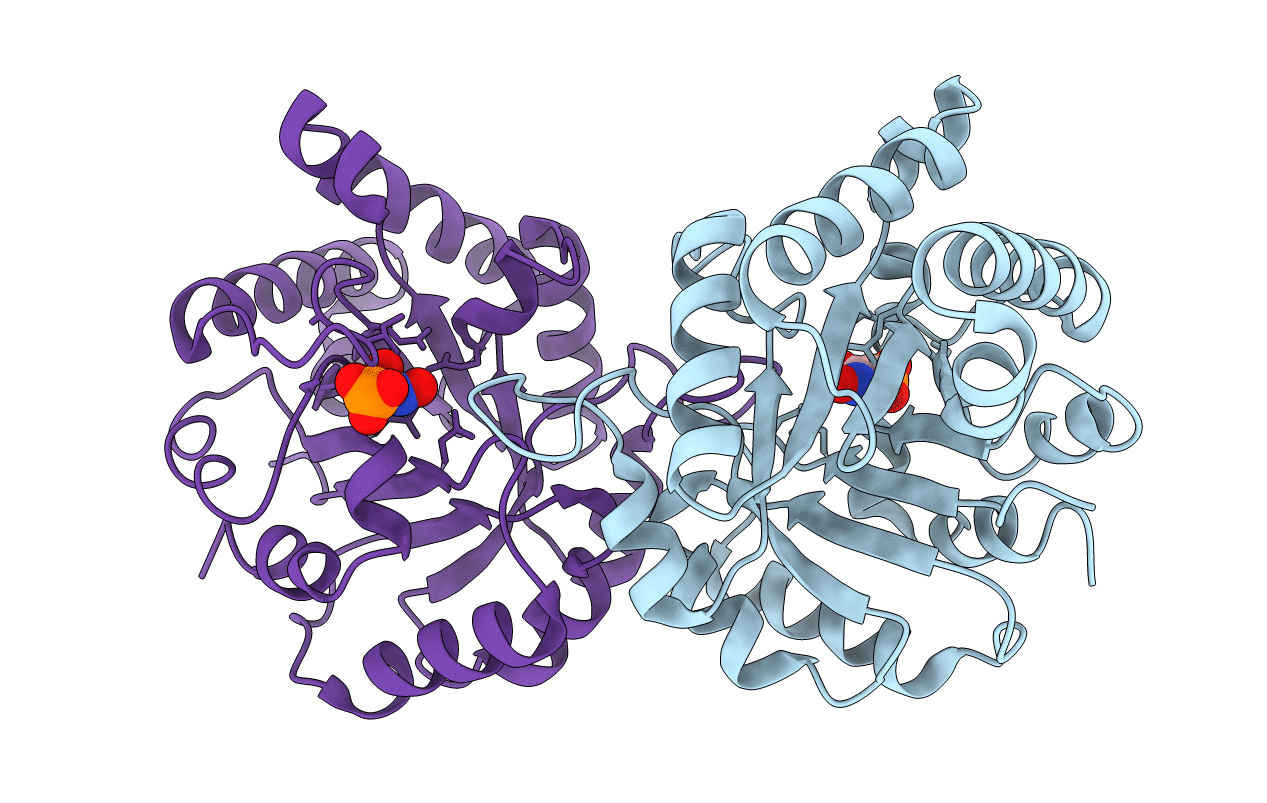
Deposition Date
1990-12-31
Release Date
1993-04-15
Last Version Date
2024-02-28
Entry Detail
PDB ID:
3YPI
Keywords:
Title:
ELECTROPHILIC CATALYSIS IN TRIOSEPHOSPHASE ISOMERASE: THE ROLE OF HISTIDINE-95
Biological Source:
Source Organism:
Saccharomyces cerevisiae (Taxon ID: 4932)
Method Details:
Experimental Method:
Resolution:
2.80 Å
R-Value Observed:
0.18
Space Group:
P 1 21 1


